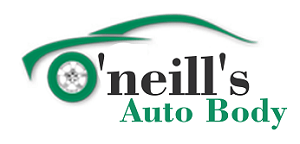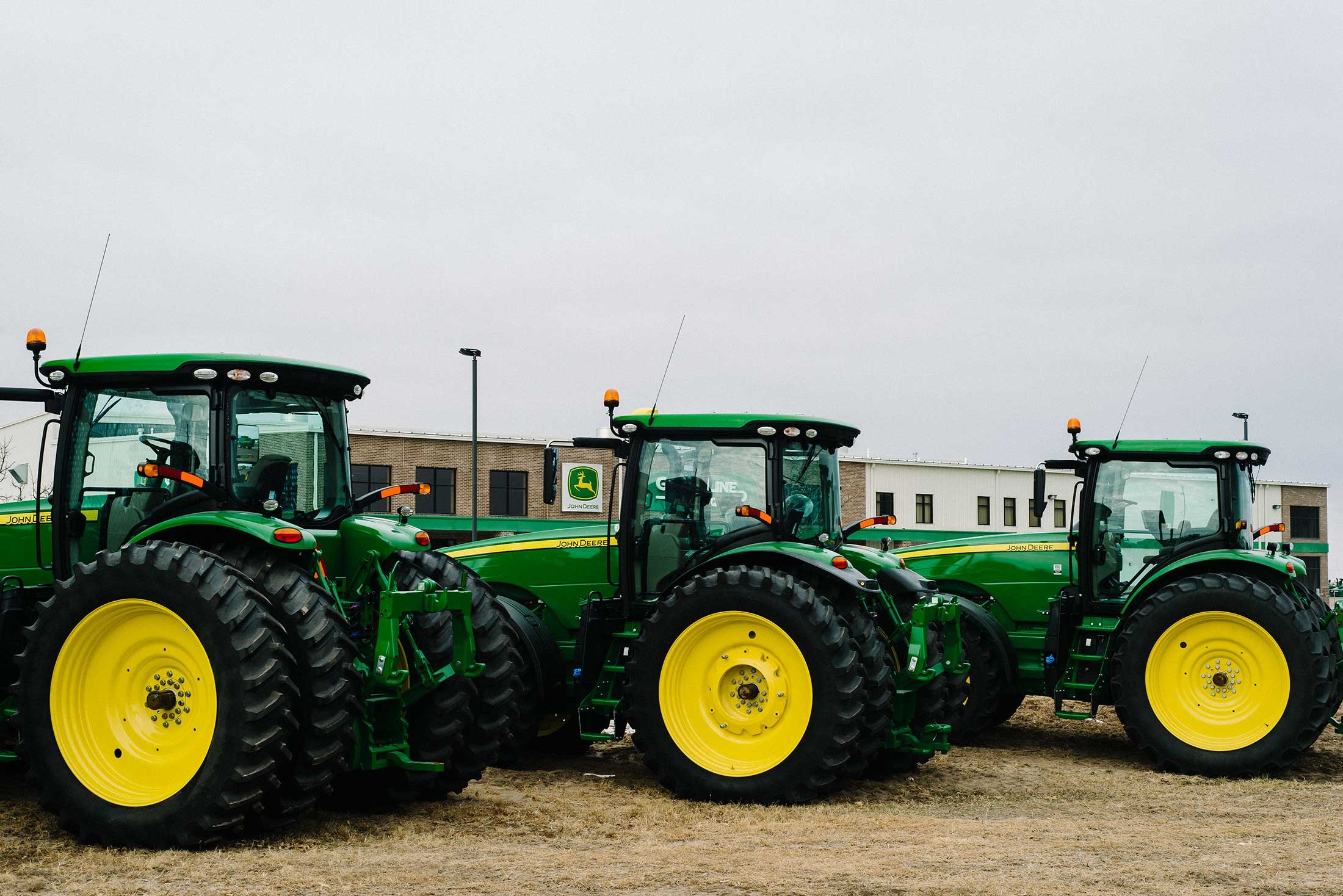Buying a used tractor – How to avoid costly mistakes?
Buying used farm equipment like tractors seem to be a good way to save money, but it may end up costing you more in repairs if you don’t know how to choose. As an experienced farmer looking to expand your equipment, avoid making these three common mistakes when purchasing a used tractor.
Failing to inspect thoroughly
When considering to purchase used tractors for sale, one of the biggest errors you can make is failing to thoroughly inspect the machine. Set aside ample time to fully examine the tractor and don’t let an eager seller rush you. Make sure to carve out at least 30-45 minutes for a complete mechanical inspection.
Carefully inspect key components like the engine, transmission, hydraulics, electrical system, and chassis for signs of damage or wear. Catching issues with expensive components like the engine or transmission early can prevent huge repair bills down the road. Check for oil leaks, cracked hoses, damaged belts, loose wiring connections, corrosion build up, abnormal wear, and collision damage. Also examine the tractor body for corrosion and collision damage which can weaken the structure. Knock on sheet metal to check for thick filler which indicates past repairs. Confirm proper, leak-free fluid levels in the engine, transmission, coolant system, and hydraulic reservoir.
It’s easy to forget to inspect the tires closely which are a costly replacement item. Check each tire for cuts/gouges in the tread and sidewall. Examine tire rims for signs of deformation or cracks from impacts while operating in fields. Set the air pressure correctly after confirming no flat spots or tire belt separation issues.
Neglecting operational testing
While an inspection checks the physical tractor components, watching the tractor run provides insight into mechanical issues. Just because it starts up doesn’t mean you should buy it without thoroughly testing operation. Insist on operating the tractor through all gears, testing the power takeoff (PTO), attachments like loaders, hydraulic motors, etc. Listen closely for odd noises while operating which can indicate mechanical problems or part failures brewing. Make wide turns which fully stress steering and suspension components. Vary ground speed checking for slipping, strange vibrations, or changes in performance. Don’t forget to fully raise and lower any 3-point hitch several times watching for hesitations or uneven drop rates between sides which indicates cylinder issues. You will not get critical operating information if you skip this test.
Buying an “as-is” tractor
Some used tractor sellers market equipment “as-is” which means sold without any warranty and no guarantees on its actual condition. Only farmers who thoroughly understand tractor maintenance and repair can attempt buying a used tractor as-is. As-is tractors likely have significant mechanical defects and require your extended wrench turning skills. What is the point of taking on unknown and expensive risks in the future? Unless the as-is price heavily compensates you for potentially buying an equipment lemon, search for a used tractor offered with at least basic protections against immediate major mechanical failures in the power train. Don’t foot the repair bill for someone else’s neglected trade-in tractor.




